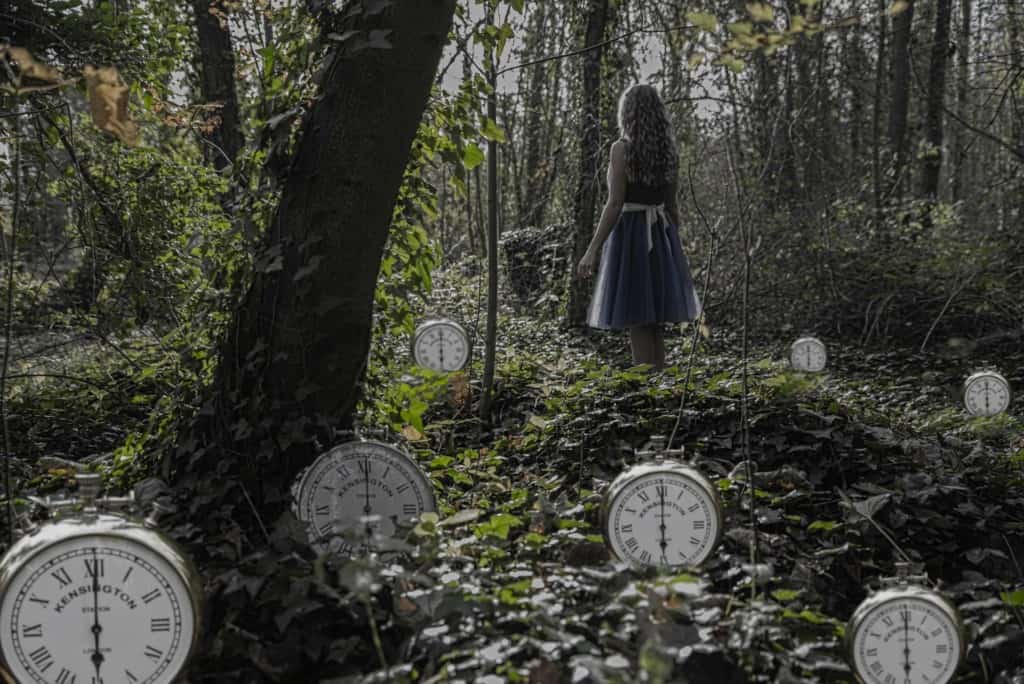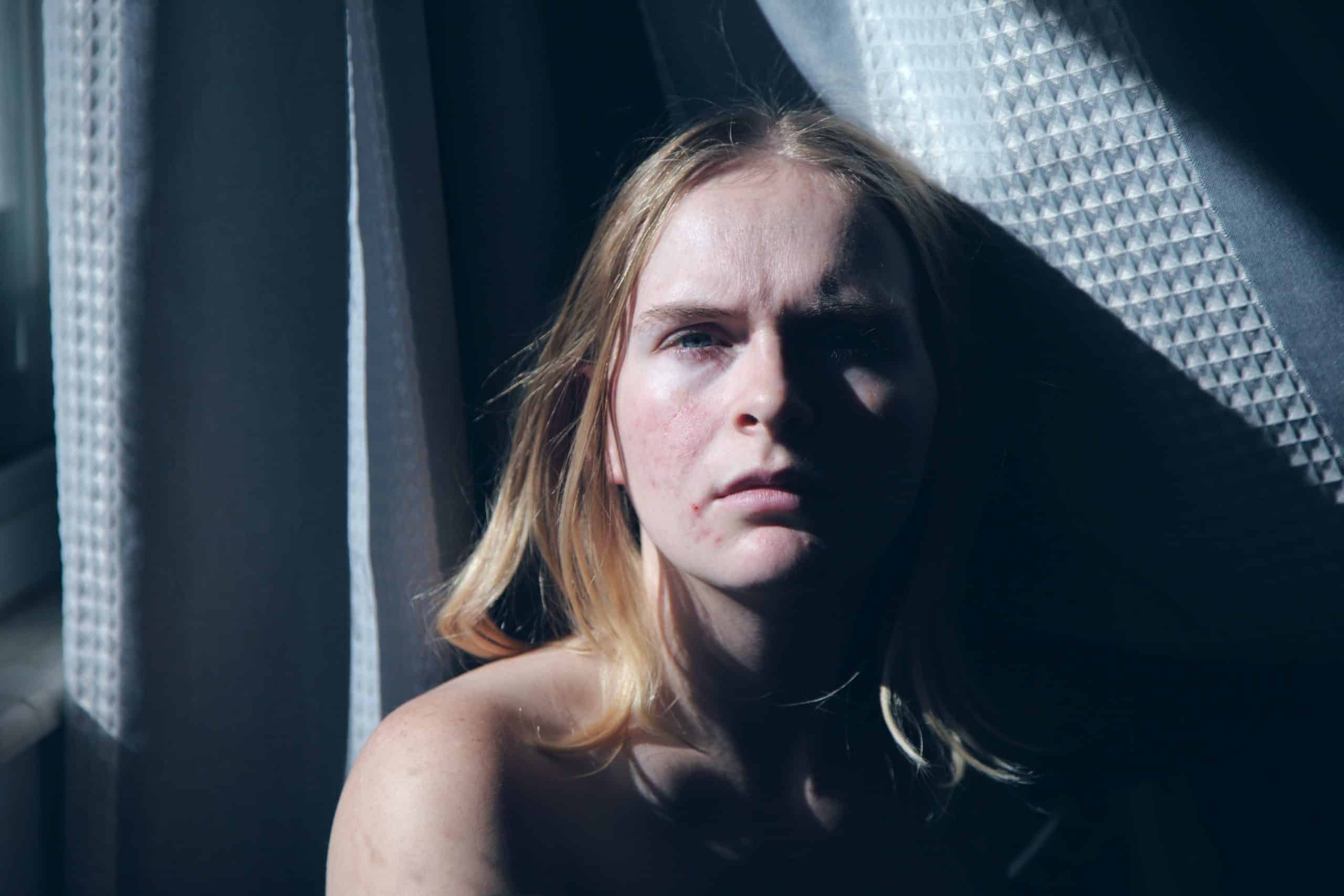Alberta’s youth mental health crisis
One family’s experience with limited resources in an overwhelmed system
During question period in the legislature in October, Edmonton-Highlands-Norwood NDP MLA Janis Irwin asked Health Minister Tyler Shandro if the UCP government planned to build the proposed children’s mental health facility. The NDP initiative had been finalized right before the 2019 provincial election. Shandro replied, “There is no crisis in child mental health right now.”
Since the exchange, Irwin has been overwhelmed by heartbreaking stories from teachers, parents, frontline workers, and kids. She emphasizes, “There’s absolutely a youth mental health crisis that must be addressed, even if this Health Minister won’t acknowledge it.”
The Smith* family’s story is common where children struggle with mental health issues. Maria Smith* is mother to three children. Smith says, “I am shocked and amazed that the Health Minister could say there is no health crisis for children. It’s epidemic. I want to tell my story exactly because it’s so common. I just can’t believe he would say that.”

Jane Smith* is 15. She has generalized anxiety, executive dysfunction, and sensory processing disorder. Anne* (16) has extreme anxiety and depression. Both teens take medication. Although they are intelligent and do well if they attend school, they exhibit something called school refusal, an increasingly common symptom of mental health issues.
Jane stopped attending school last November. She returned this September, but quickly stopped attending. Smith communicates regularly with the school’s assistant principal to help Jane return, and to access alternative forms of education through the school board.
Although Anne used to love school, she started to resist going to junior high. By high school, her anxiety took hold. Now, every day is a struggle. She is social and wants to attend. However, during the last school year she started to miss more school. Some days, she would get to the school grounds, but panic attacks would stop her from going inside.
Many people wonder why parents can’t force kids like Jane and Anne to attend school. Smith has engaged almost every resource: guidance with different parenting approaches, involvement of the Mobile Crisis Unit, and liaising with the school’s assistant principal, social worker, teaching assistant, and psychologist. She has forcibly carried one daughter into emergency at the Stollery Children’s Hospital. Another time, Smith rode with the same daughter in a police cruiser that used to partner with the Mobile Crisis Unit. The Unit had a constable assigned to assist children and youth in crisis. Unfortunately, that resource was part of a pilot project that is now complete, with no plans to continue.
Both teens have been hospitalized for three to four weeks at the Royal Alexandra Hospital child psychiatry unit after waiting months for a bed. Once discharged, most children must wait again for treatment programs. The hospital unit is mainly for acute care. Its focus is on assessment and stabilization, not extensive therapy. It has a limited number of beds and a staggering waitlist.
The Glenrose Rehabilitation Hospital has both in-patient and out-patient school programs.
On her Glenrose admission day, Jane refused to go. She suffered severe anxiety and threatened self-harm. There is a catch-22 when a child refuses care. Jane and Anne are in the system under their psychiatrist’s care. However, if parents or caregivers call 911 for assistance, first responders must take the child to a hospital’s emergency department, not to the treatment program. According to one mental health care professional (name withheld), about nine out of 10 children with mental health issues are sent home from emergency every day due to a lack of beds. Meanwhile, the sick child will likely lose their bed at the intended facility and have to seek other (limited) treatment, or go back on the waitlist.
Jane is off of the Glenrose waitlist after three attempts over six months. Her community liaison nurse and social worker from Royal Alexandra Hospital applied on the family’s behalf for Family Support for Children with Disabilities (FSCD) to open a file. That will take a month. Then, FSCD can begin to assess how, or whether, they can work with the family.
There is, in fact, a child mental health crisis in Alberta. It is buried deeply in a web of stigma and lack of political will to follow through on solutions.
We need more support of children’s mental health. Write letters, call, text, or use social media. Contact information is below.
*Names either withheld or changed by request.
WHO TO CONTACT
Janis Irwin, Edmonton-Highlands-Norwood MLA
780.414.0682
Edmonton.HighlandsNorwood@assembly.ab.ca
Heather Sweet, Edmonton-Manning MLA
Democracy & Ethics, Mental Health & Addictions
780.414.0714
Edmonton.Manning@assembly.ab.ca
Tyler Shandro, Minister of Health
780.427.3665
Featured Image: The Royal Alexandra Hospital has a child psychiatry unit, but it’s meant for acute care. | Pixabay







